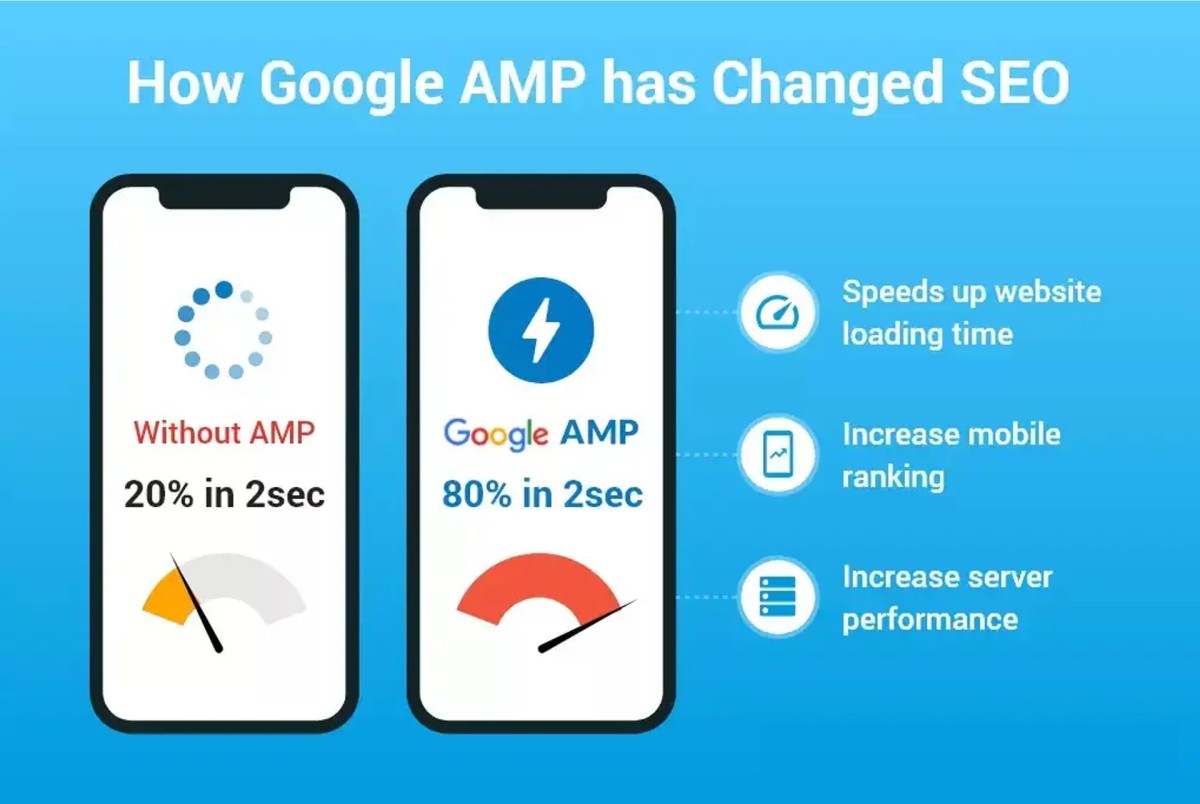EasyStore Cloud Intelligent Website Marketing System Platform!
- Are global buyers abandoning your independent website? Uncover the technical traps that 99% of companies ignore2025-06-19View Details
- Multilingual SEO optimization services help companies expand into international markets!2025-06-19View Details
- AI-driven SEO optimization services can double your website traffic!2025-06-19View Details
- Intelligent website building system + SEO optimization services to create an efficient marketing website!2025-06-19View Details
- Shandong enterprises must see: the five core advantages of independent station construction2025-06-17View Details
- The official agent of Google for foreign trade independent website: authoritative certification, trustworthy2025-06-17View Details
- Which is the best Chinese service provider for foreign trade independent website? Read this article is enough!2025-06-17View Details
- Foreign trade standalone site global server deployment, so that your website is fast2025-06-18View Details
2024 Google SEO Winning Guide: Ten Highly Effective Strategies to Lead Search Engine Domination
In the ever-changing Internet environment, Google search engine optimization (SEO) has become a key means for companies and personal websites to improve online visibility, attract target traffic, and increase conversion rates. As search engine algorithms continue to evolve, SEO strategies in 2024 need to keep pace with the times, focusing on in-depth understanding of user intent and search behavior, providing high-quality content and excellent user experience, technical optimization and upgrading, AI-driven keyword research, diversified link building, strengthening local SEO, optimizing video and visual content, using social media to enhance brand influence, conducting data-driven SEO audits, and adhering to compliance and sustainability principles. The following is a detailed interpretation:

1. Deeply understand user intent and search behavior
Accurately grasping user needs is the key to improving SEO results. Google's SEO strategy in 2024 should focus on a deep understanding of user intent and search behavior. Through the use of artificial intelligence and big data analysis tools, conduct detailed research on user search habits, question types, keyword preferences, etc. For example, use tools such as Google Trends and Keyword Planner to gain insight into user search trends and analyze long-tail keywords and related queries in order to provide users with highly relevant and valuable content. At the same time, pay attention to the growth trends of emerging search modes such as voice search and visual search, and optimize content formats and structures, such as using natural language, providing easy-to-understand answers, and adding high-quality images and video tags suitable for visual search to ensure that user intent can be accurately matched in multiple search scenarios.
2. Content quality and user experience first
In an era where content is king, high-quality content has always been a core consideration of Google's ranking algorithm. In 2024, it is essential to create in-depth, authoritative, unique, and easy-to-understand content. Follow the EAT principle (professionalism, authority, and credibility) to ensure that the content meets user needs and solves practical problems. For example, invite industry experts to write professional articles, cite authoritative data and research, and provide practical tutorials and guides to enhance the professionalism and credibility of the content. At the same time, improve user experience factors such as website speed, mobile adaptability, and internal link structure, such as using CDN to accelerate content distribution, optimize image size and format, implement responsive design, reduce bounce rate, and extend user stay time, so as to win Google's favor.
3. Technical SEO Optimization and Upgrade
As Google places increasing emphasis on Core Web Vitals, technical SEO will be key to success in 2024. Ensure that your website is crawlable, optimize technical elements such as meta tags, Schema tags, AMP pages, and improve indexing efficiency. For example, regularly check and fix your website's robots.txt file and XML Sitemap, use Schema.org structured data tags to enrich web content, and implement AMP technology to accelerate mobile page loading. Pay close attention to and optimize web page loading speed, interactivity, and visual stability, such as using tools such as PageSpeed Insights and Lighthouse for performance testing and diagnosis, optimize JavaScript execution efficiency, and avoid layout jumps to meet Google's web experience standards and improve overall SEO performance.
Ensure that the website has good crawlability: Check and fix the website's robots.txt file, XML Sitemap, internal link structure, etc. to ensure that search engine crawlers can successfully crawl and index all important pages.
Optimize meta tags : Write concise and clear Title tags and Meta Descriptions that include target keywords to attract users to click and increase click-through rate (CTR). At the same time, use Canonical tags reasonably to avoid duplicate content problems, and use Alt attributes to add descriptive text to images to enhance accessibility.
Apply Schema markup: Add rich Schema.org structured data markup to website content, such as organizations, people, products, reviews, events, etc., to help search engines better understand page content, increase the chances of obtaining rich snippets in search results, and improve user experience and click-through rate.
Deploy AMP (Accelerated Mobile Pages) pages:

For content pages such as news and blogs, AMP technology is implemented to significantly speed up the loading speed on mobile devices. AMP pages not only improve the user experience, but also receive special marks in mobile search results, increasing click-through rates and mobile search engine rankings.
Focus on web page loading speed: Follow the best practices for web page speed optimization proposed by Google, such as compressing resource files, enabling caching, reducing HTTP requests, optimizing image size and format, using CDN services, etc., to ensure that web pages can load quickly on different devices and network environments. You can use tools such as PageSpeed Insights and Lighthouse for performance testing and diagnosis .
Improve interactivity and visual stability: Focus on optimizing Largest Contentful Paint (LCP), First Input Delay (FID), and Cumulative Layout Shift (CLS) in accordance with the "Core Web Vitals" in Google's web experience standards:
LCP: Ensure that the main content of the page (such as the first screen image, text block) is loaded as early as possible, control the order of resource loading, optimize the lazy loading strategy of images, and reduce the CSS and JavaScript that block rendering.
FID: Optimize JavaScript execution efficiency, reduce the workload of the main thread, and avoid blocking user interactions for a long time. Consider using technologies such as Web Workers and Intersection Observer API to improve response speed.
CLS: Avoid layout jumps, set element size and position in advance, use CSS transforms instead of top/left attributes for animation operations, and preload images to reduce layout changes caused by image loading.
Mobile-first indexing: Ensure that the website uses responsive design or adaptive layout to provide an excellent mobile user experience. Test and fix mobile-specific technical issues such as viewport settings, touch-friendliness, font size, etc. to ensure smooth browsing on mobile devices.
Accessibility optimization: Follow the WCAG (Web Content Accessibility Guidelines) standards to improve the website's friendliness to disabled users, such as providing clear text alternatives, reasonable color contrast, keyboard navigation support, etc. Accessibility is not only about social responsibility, but also helps improve overall SEO performance.
Through the above technical SEO optimization and upgrade measures, the website will better meet Google's web page experience standards, thereby improving indexing efficiency and overall SEO performance.

4. AI-driven keyword research and strategy
In 2024, AI will play a greater role in keyword research. Use AI tools to predict user search trends, explore potential long-tail keywords, and build a comprehensive and accurate keyword library. For example, use AI-assisted keyword research tools such as Ahrefs and Moz Pro, combine semantic search principles, integrate LSI keywords and topic clusters, make content more in line with Google's semantic understanding algorithm, and improve keyword ranking potential. At the same time, monitor keyword performance in real time and flexibly adjust strategies, such as using Google Search Console to track changes in keyword rankings, analyze competitor keyword strategies, and keep pace with market trends.

5. Link building: quality and diversity
High-quality external links are still an important basis for Google to measure the authority of a website. In 2024, we will focus on the quality and diversity of link building, and seek natural and lasting links from authoritative and relevant websites. For example, we will implement diversified link strategies, including guest posting, broken link building, Digital PR, etc. At the same time, we will pay attention to brand mentions and linkless references, such as actively participating in industry forums and social media discussions, publishing valuable original content, attracting natural links and brand mentions, and comprehensively improving the online reputation of the website.
6. Local SEO and Google My Business Management
With the popularity of the "nearby search" function, local SEO will become more important in 2024. Improve Google My Business (GMB) information to ensure that data such as address, business hours, reviews, and Q&A are accurate. For example, regularly update GMB information, encourage users to leave positive reviews, respond to user questions, use GMB posts, product catalogs and other functions to enrich local search displays, actively obtain user reviews, and improve local search rankings and map visibility. Integrate local keywords, geo-tags, Schema and other elements to optimize website content and target region-specific traffic, such as including local keywords such as city names and region names in page titles, descriptions, text, and URLs, and use Schema LocalBusiness tags to indicate geographic location information.

7. Video and Visual Content Optimization
In the face of the rising demand for video content, video SEO strategies should be strengthened in 2024. Optimize video titles, descriptions, and tags, embed accurate transcripts and closed captions, and improve the indexability of video content. For example, write titles and descriptions containing target keywords for videos, add detailed video introductions and tags, and provide complete and accurate subtitle files to facilitate Google to understand video content. Use YouTube as a powerful search engine portal, such as creating and optimizing YouTube channels, actively participating in community interactions, promoting video content, and combining website embedded videos, video Sitemaps, etc. to maximize the SEO value of video content.
8. Social Media Signals and Brand Influence
Although the direct impact of social media on Google rankings has not yet been determined, its role in promoting brand exposure, user interaction, and content sharing cannot be ignored. In 2024, the synergy between social media strategies and SEO should be strengthened. By publishing valuable content, guiding users to participate in discussions, and establishing industry influence, the authority and trust of the website can be indirectly improved, thereby influencing Google rankings. For example, a cross-platform social media marketing plan can be developed to publish educational, entertaining, and interactive content, encourage users to like, comment, and share, participate in discussions on industry topics, and cooperate with opinion leaders to expand the brand's influence on social media.
9. Data-driven SEO audit and continuous optimization
In the rapidly changing SEO environment, it is essential to conduct regular data-driven SEO audits. Use SEO tools to monitor key indicators such as keyword rankings, traffic sources, user behavior, etc., identify problem areas and develop targeted optimization plans. For example, use tools such as SEMrush and Majestic to monitor keyword rankings, analyze website traffic sources and user behavior data, identify problems such as inefficient pages and high bounce rates, and develop optimization measures such as content optimization, technical improvements, and external link building. Continue to pay attention to Google algorithm updates and adjust strategies in a timely manner to adapt to new rules, such as subscribing to Google's official blog and participating in SEO community discussions to understand the latest algorithm trends and ensure the foresight and effectiveness of SEO work.
10. Compliance and Sustainability: Dealing with Google Algorithm Penalties
Comply with Google Webmaster Guidelines, avoid using black hat SEO techniques, and ensure the compliance and sustainability of SEO strategies. Regularly review the website for potential violations, such as keyword stuffing, hidden text, and purchased links. For example, conduct a self-inspection of the website against Google Webmaster Guidelines, and use SEO audit tools to detect potential problems, such as using tools such as SEMrush Site Audit and Screaming Frog to scan the entire site to find and fix problems that may cause penalties. Establish an emergency plan so that once an algorithm penalty is encountered, the problem can be quickly located, a rectification plan can be formulated, and a re-review request can be submitted through Google Search Console to restore the website ranking as soon as possible.
In summary, the key to winning Google SEO in 2024 lies in deeply understanding users, creating high-quality content, optimizing technical architecture, using AI to empower keyword research, building high-quality and diversified links, strengthening local SEO, optimizing video content, using social media to enhance brand influence, conducting data-driven audits and continuous optimization, and adhering to compliance and sustainability principles. Following these strategies will help websites stand out in the fierce competition of search engines and achieve the goal of soaring traffic and dominating the screen.
If you have any questions about the construction and operation of foreign trade websites, welcome to contact Yiyingbao Technical Customer Service WeChat: Ieyingbao18661775736, and the staff will answer you wholeheartedly!

The picture resources are from the Internet. If there is any infringement, please contact 400-655-2477.
Similar Recommendations





